
If you are a bird watcher, you might have noticed birds acting strangely. They have begun migrating to higher altitudes to avoid the effects of climate change. Forest fragmentation is disrupting their habitats and migration routes. Birds are struggling, but conservationists are making efforts to revitalize their habitats.
Habitat Fragmentation
Habitat fragmentation can occur naturally. Wildfires create large gaps between trees, and trees can catch diseases that wipe out areas of forest. Pests can also harm parts of the environment and prevent growth. Huge weather events can damage chunks of a forest. Landslides or similar events create soil erosion that fragments a forest.
Yet, the most damaging effects of habitat fragmentation occur when humans orchestrate it. When people separate forests into smaller regions, native plants and animals suffer as a result. Illegal logging, the third largest transnational crime in the world, is a significant contributor to habitat fragmentation.
Human-made structures, such as roads, highways, parks and housing developments, also negatively impact habitats. Roads built through untouched areas, such as deep forests, can actually experience slope failures or scour, a type of erosion that undermines foundations.
When sections of a forest are exposed to the elements and human interaction, ecosystems are disrupted and the area’s biodiversity is damaged. For instance, if a native species becomes extinct, invasive species may fill the ecological niche and further harm the environment.
Disrupted Migration Routes
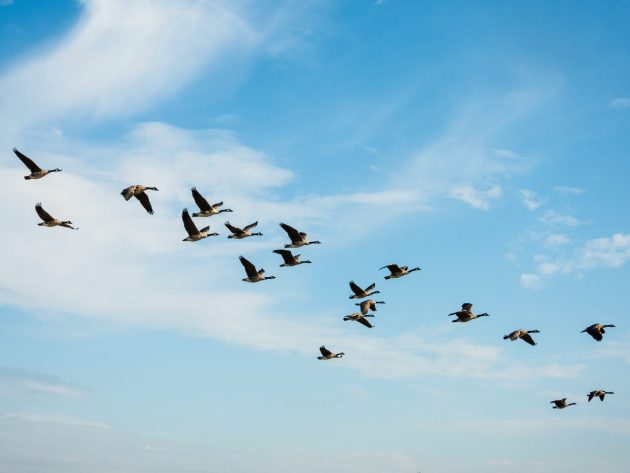
The migration routes of birds are significantly impacted by habitat fragmentation, particularly the construction of roads. They limit the usual places traveling birds find shelter, food, and rest during their journey. New roads or other infrastructure can hinder the migration route and potentially stall them in their path.
Particular species need to migrate. Birds like Chickadees, American Robins, and Blue Jays can stay in their current habitat and survive. Others, such as Ospreys, Hooded Mergansers, and the Great Blue Heron, must migrate to survive the changing weather conditions. While some are short- or partial-migrators, others are classic migrators. Most bird enthusiasts are most familiar with the latter because they travel the longest distances.
Regardless of how far the birds migrate, if something obstructs their path or limits their access to resources, they may not have the energy to continue traveling. This negatively impacts survival during the journey and on the return. The classic migrators need the most rest and energy to fly long distances, but roads, new housing developments, and other infrastructure that segment forests can make that more difficult.
Other Ways Fragmentation Negatively Impacts Birds
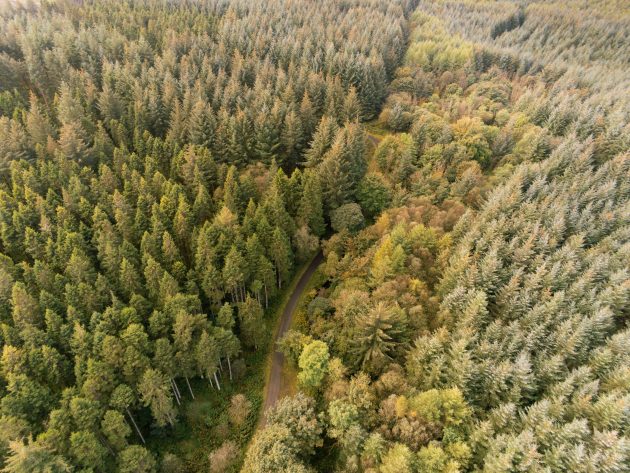
Deep forest birds also cannot cross roads. The noise of the cars and other vehicles stresses them out and prevents them from hearing the calls of other birds or singing their own bird songs.
Birds that live in the deep forest are more prone to predators when flying in the open air above a road. Smaller birds might not have the wingspan to make it over a long stretch of road. They are also used to hopping or gliding from tree to tree in the deep forest, so the distance of a road then seems massive in comparison.
The edges created by habitat fragmentation are also harmful. When a portion of the forest has been lost, battles for resources occur at the edges due to food scarcity. Deep forest animals and plants on the new edges are also suddenly exposed to new elements, like the wind and sun. Wildlife that is sensitive to abrupt changes might suffer.
Specific Birds Affected
Deep forest birds such as the Oven Bird, Hermit Thrush, and Winter Wren are significantly affected by habitat fragmentation and the dangers at the edges. It reduces the interior forest, increases predators, heightens noise, and risks the safety of birds when crossing the road due to oncoming cars.
Forest degradation is a large contributor to premature death and extinction in bird species. When birds lack shelter or food sources, it becomes harder for them to survive and reproduce.
The Bright Side
While habitat fragmentation harms bird species and disrupts their migration patterns, efforts are underway to restore forests and mitigate the impacts of habitat fragmentation. Reforestation efforts can bring native trees back to their original habitats. This includes sustainable logging practices, which can restore forests by carefully removing mature trees and allowing new ones to grow.
Additionally, agroforestry can support biodiversity in impacted areas by creating diverse habitats and enriching the soil. New forest patches can also be made to expand preexisting forests.
Helping Birds Soar
Birds are suffering due to habitat fragmentation. Human-made structures are disrupting migration patterns and making it unsafe for many bird species to cross the new roads. Fortunately, humans are making efforts to restore forests and limit risks for future generations.








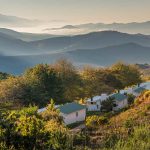
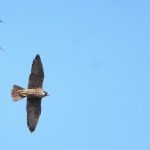
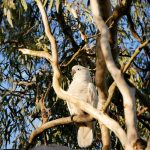
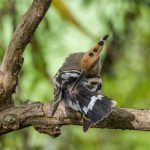
Leave a Comment